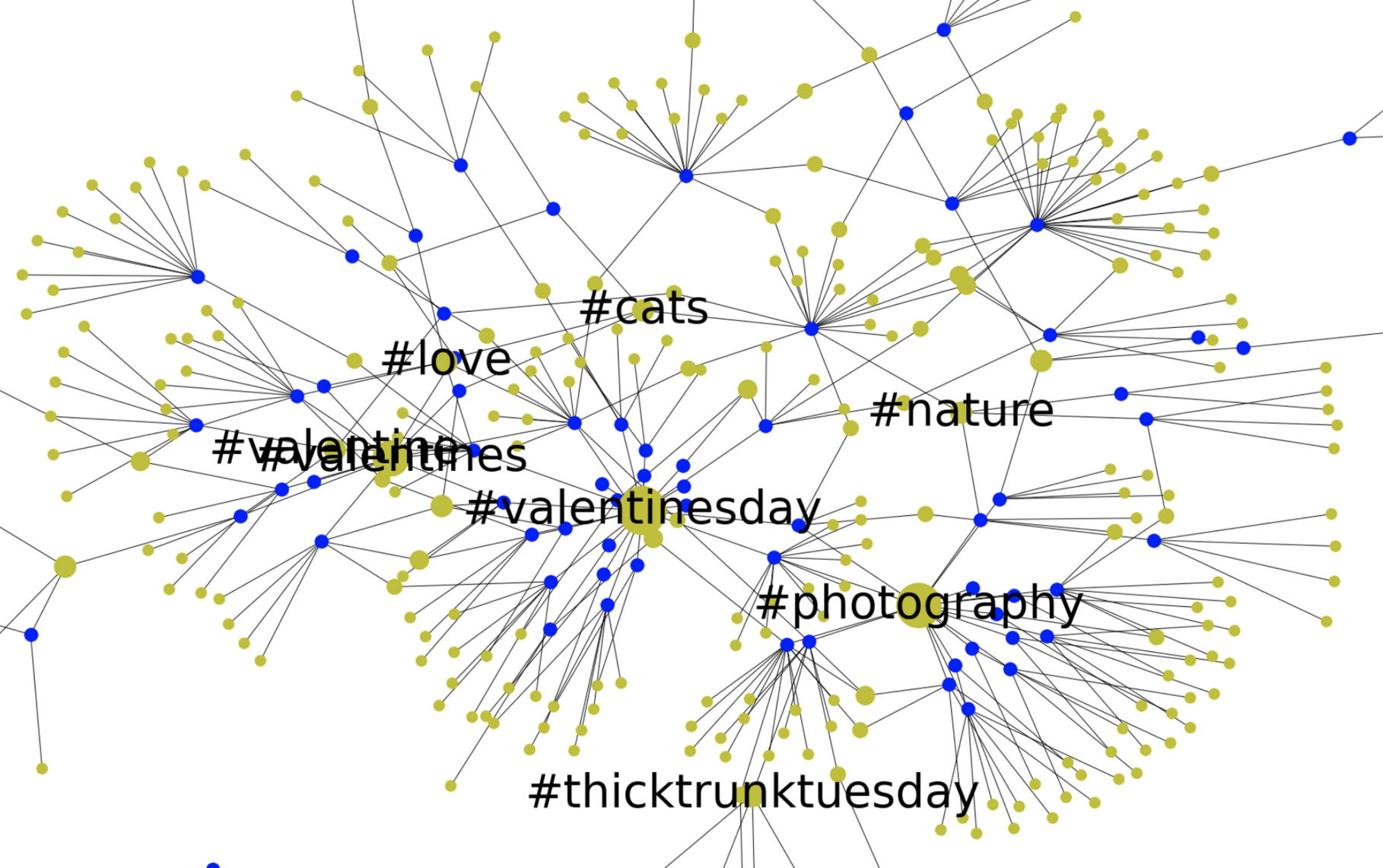How to Build a Self-Organising Map (SOM) in Python Step-by-Step
In a separate blog post, I covered the basis for understanding how self-organising maps (SOM) work. This included what a SOM is, why SOM’s are useful and how they work – including the training algorithm. In this blog post, we’ll go through how we can build a simple SOM neural network of our own using … Read more




